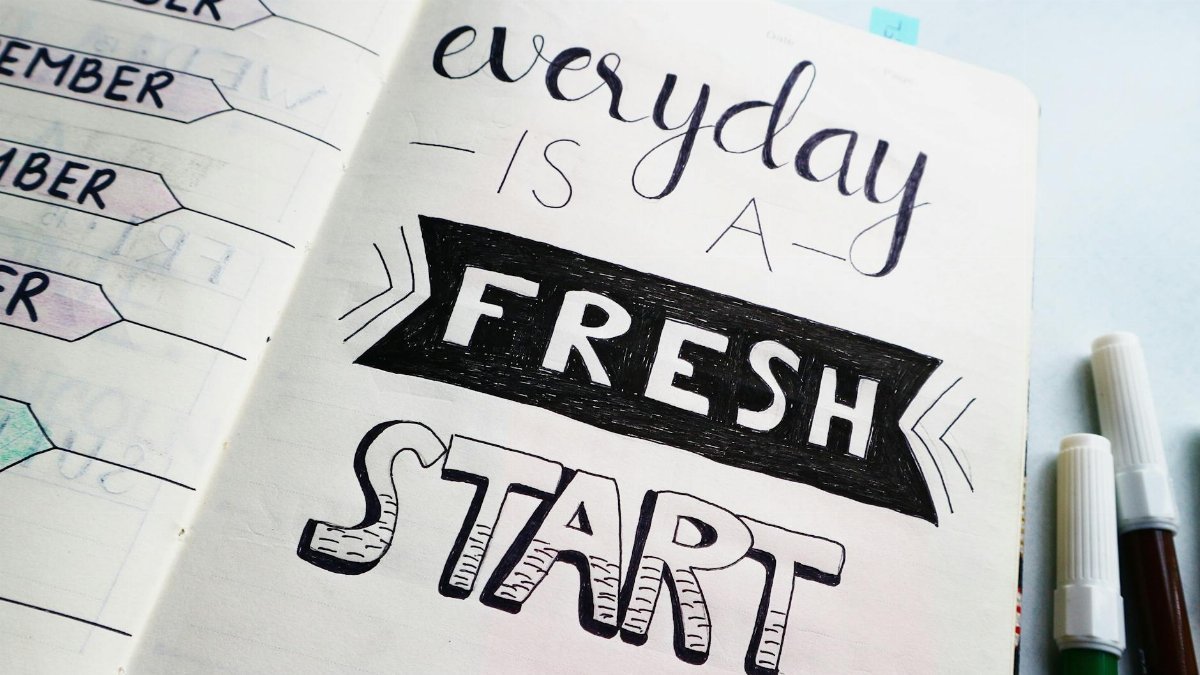In a world that often feels like it’s spinning too fast, the search for calm can seem elusive. Yet, for many, the answer lies in something deceptively simple: daily grounding rituals. These small, intentional practices—whether a morning meditation or a quiet walk in nature—have become a lifeline for the emotionally exhausted. A recent survey by the American Psychological Association revealed that over 60% of adults report feeling overwhelmed by stress on a regular basis, a number that’s only climbed in recent years. Could these rituals, often rooted in ancient traditions yet adapted for modern chaos, offer a way to reclaim inner peace? This isn’t about grand gestures or overhauling life overnight. It’s about finding small anchors amid the storm. What follows are 13 distinct approaches to grounding, each designed to help soothe frayed nerves and restore a sense of balance in 2025 and beyond.
1. Start with Breath as Your Anchor

Breathing isn’t just automatic—it’s a tool. Deep, intentional breaths can pull someone back from the edge of overwhelm in mere minutes. The science backs this up: studies from the National Institutes of Health show that slow, controlled breathing lowers cortisol levels, the body’s main stress hormone.National Institutes of Health research highlights how even five minutes of diaphragmatic breathing can shift the nervous system into a calmer state. For the emotionally exhausted, this ritual is a starting point. Sit somewhere quiet, close your eyes if it feels right, and focus on inhaling for a count of four, then exhaling for six. It’s not flashy, but it works. One person described it as “like hitting a reset button on my entire day,” a sentiment that captures the quiet power of this practice.
2. Step Barefoot onto the Earth

There’s something primal about feeling the ground underfoot. “Earthing,” or walking barefoot on grass, sand, or soil, has gained traction as a grounding ritual, and not just among wellness enthusiasts. Research from the University of California, Irvine, suggests direct contact with the earth may reduce inflammation and improve sleep by reconnecting the body to natural electrical charges. Check the study’s insights at National Institutes of Health Archive. For those drained by endless screen time or urban noise, this is a tangible way to reconnect. Even 10 minutes in a backyard or park can shift perspective. The coolness of dew or the grit of dirt—it’s a sensory reminder of something bigger than daily stress.
3. Craft a Morning Silence Ritual

Mornings often set the tone for chaos. But what if the first moments were sacred? Carving out five minutes of silence—no phone, no chatter—can be a powerful grounding practice. This isn’t about meditation in the formal sense, though it can overlap. It’s simply sitting with a cup of coffee or tea, letting thoughts drift without agenda. The emotionally exhausted often crave this pause, a buffer before the day’s demands. One online account shared how this habit “turned mornings from dread to something I actually look forward to.” It’s less about emptying the mind and more about giving it space to breathe. Try it by a window, noticing the light or distant sounds. Small, but transformative.
4. Hold a Weighted Object for Focus

Sometimes grounding needs a physical tether. Holding a small, heavy object—a smooth stone, a piece of jewelry, or even a mug—can anchor wandering thoughts. Occupational therapists often recommend this for anxiety, as the tactile sensation draws attention to the present. The weight becomes a reminder: you’re here, now. For someone frazzled by emotional fatigue, this ritual is discreet and portable. Keep the object in a pocket or on a desk. When stress spikes, grip it for a minute, noticing its texture or temperature. It’s subtle, yet studies on sensory grounding, like those summarized by Psychology Today, affirm its calming effect on the nervous system.
5. Write One Sentence of Gratitude

Gratitude isn’t a cure-all, but it can shift perspective. Writing down a single sentence each day about something—anything—that brought a flicker of joy can ground a scattered mind. It could be as mundane as “I’m thankful for the warm blanket last night.” The act of writing, not just thinking, makes it stick. Research from Harvard Medical School shows gratitude practices can boost mood over time, even in small doses. Learn more via Harvard Health. For the emotionally spent, this ritual counters the spiral of negativity. Keep a tiny notebook by the bed. One line, no pressure. Over weeks, it builds a quiet strength.
6. Sip Water with Intention

Drinking water is routine, but it can become ritual. Instead of gulping on autopilot, slow down. Hold the glass, feel its coolness, and take a deliberate sip, focusing on the sensation as it moves through you. This tiny act of mindfulness can interrupt racing thoughts. It’s a grounding technique often taught in therapy for moments of distress—simple, accessible, immediate. For someone overwhelmed, it’s a pause that doesn’t demand extra time. Picture a tired parent at the kitchen sink, taking that slow sip while the world buzzes around them. It’s not about hydration alone. It’s about reclaiming a moment.
7. Trace a Familiar Route on Foot

Walking the same path daily—whether around the block or to a nearby store—can be a grounding lifeline. The familiarity soothes; there’s no need to think, just move. Each step, each crack in the sidewalk, becomes a quiet rhythm. For the emotionally exhausted, this ritual offers predictability in a chaotic world. It’s not about exercise, though that’s a bonus. It’s about letting the body lead while the mind rests. Notice the same tree or mailbox each time. Over days, it builds a sense of stability, a small but steady anchor.
8. Light a Candle with Purpose

Lighting a candle isn’t just for ambiance. It can mark a transition—say, from work to rest. The act of striking a match, watching the flame flicker, and breathing in the scent if it’s scented, pulls attention to the now. For many, this daily grounding ritual signals to the brain that it’s time to unwind. Emotional exhaustion often blurs boundaries between stress and calm. A candle can redraw that line. Place it somewhere safe, focus on the glow for a minute. It’s a small ceremony, but it carries weight.
9. Name Five Things You See

When emotions run high, grounding can be as basic as observation. Look around and name five things you see—a chair, a book, a shadow on the wall. Say them aloud if possible. This technique, rooted in mindfulness-based therapy, snaps the mind back to the present. It’s especially useful for those drowning in worry or fatigue. There’s no setup, no cost. Just stop, look, name. It’s a quick reset, often used in crisis intervention but equally powerful as a daily habit. Try it during a stressful moment. The simplicity is the strength.
10. Touch Something Soft for Comfort

Texture can soothe in unexpected ways. Running fingers over a soft blanket, a pet’s fur, or even a worn sweater can ground someone instantly. The sensory input calms the nervous system, a fact supported by studies on tactile stimulation and stress reduction. For the emotionally drained, this ritual is a quiet refuge. Keep something soft nearby—on a couch or desk. When tension builds, reach for it. One person recalled stroking their dog’s ear during a tough call, saying it “kept me from falling apart.” It’s a small gesture with outsized impact.
11. Listen for a Distant Sound

Sound can anchor as much as sight or touch. Pause and tune into a distant noise—a bird, traffic hum, or wind. Let it fill your focus for a moment. This shifts attention outward, away from internal noise. For those wrestling with emotional fatigue, it’s a way to break the cycle of overthinking. No earbuds, no playlist—just what’s already there. Stand by a window or step outside. What do you hear? It’s a grounding ritual that requires nothing but awareness, yet it can quiet a storm inside.
12. Set a Daily Touchstone Phrase

Words have power when repeated with intent. Choose a short phrase—“I’m enough” or “This will pass”—and say it daily, maybe in front of a mirror or during a quiet moment. It’s not about empty affirmation but creating a mental anchor. For someone emotionally spent, this ritual reinforces resilience. It’s personal, adaptable. Some write it on a sticky note as a visual cue. Over time, the phrase becomes a steadying force, a reminder amid chaos to hold on.
13. End with a Body Scan

Before sleep, lie down and mentally scan your body from head to toe. Notice tension, warmth, or tingling without judgment. This grounding practice, often used in mindfulness training, releases lingering stress. It’s ideal for the emotionally exhausted who carry the day’s weight into bed. Start at the crown, move to shoulders, down to feet. Takes five minutes, maybe less. It’s not about fixing anything, just observing. Night after night, it can ease the transition to rest, closing the day with calm.
